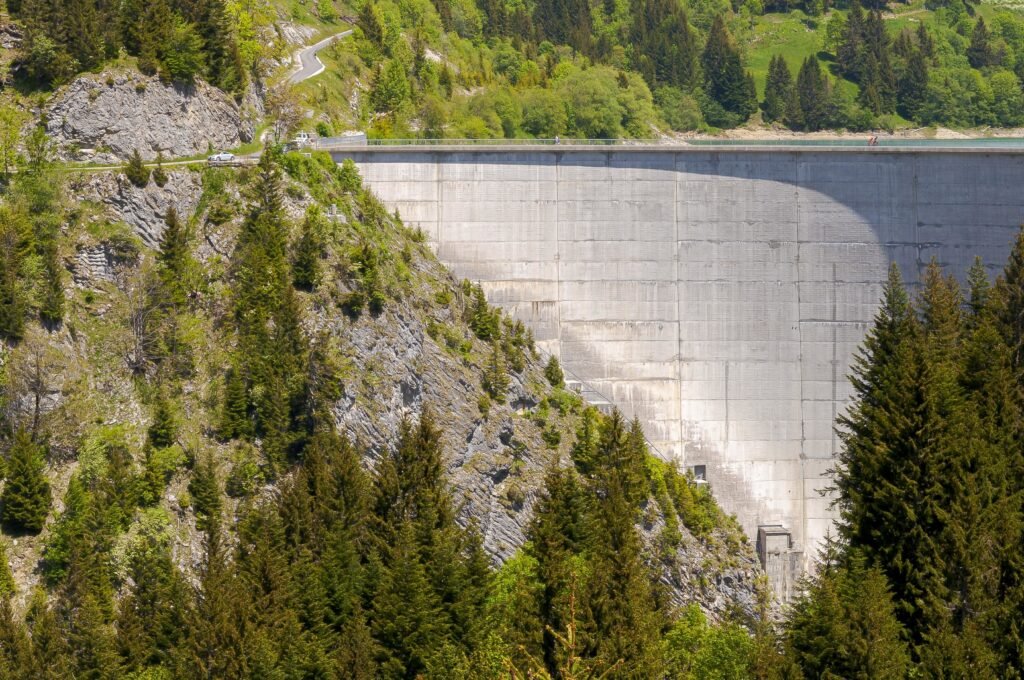Have you ever looked up at a majestic dam and wondered about the unseen features that make it work? Or perhaps you’ve pondered over what allows these architectural miracles to withstand the relentless force of nature, day after day, year after year? Well, hold on to that curiosity, as today we’re exploring a less talked about, but fundamentally crucial part of dam construction – dam liners.
Their role might be concealed, but their significance is as colossal as the dams themselves. Dam liners are essential in maintaining the reservoir’s water quality and stability, thereby ensuring that our dams don’t just become ecological liabilities. So, without further ado, let’s delve into the world behind and beneath dams.
Table of Contents
What Are Dam Liners and Why Are They Important?
Let’s paint a comprehensive picture of what dam liners are, and why they take centre stage in dam design and construction. Dam liners, put simply, are protective barriers that prevent water seepage from a dam, ensuring the vital conservation of water. In dry areas where every drop counts, this function is crucial.
Dam liners are also significant from an environmental standpoint. They help curtail erosion and the potential leaching of harmful substances from the dam’s structure into the water. This is a critical factor considering the necessity to maintain a healthy ecosystem around water bodies.

The Versatility of Dam Liners: Various Materials and Their Use Cases
Different dam liner materials serve diverse functions, each advantageous in specific conditions. Concrete liners, for instance, are robust and durable but can be costly to install and maintain.
Polyethylene liners are cost-effective and flexible, aiding in the installation process. However, they slightly lack in durability compared to concrete or clay liners. They are often used in small to mid-sized dams due to their cost-effectiveness and quicker installation time.
Clay liners are made from compacted clay and are admired for their longevity. However, they’re susceptible to shrinking and cracking, requiring overall maintenance and occasional repair.
The Art of Installation: When and How Should Dam Liners Be Placed?
The successful installation, akin to the choice of material, greatly depends on the context and careful planning. The best time to install a dam liner is during the construction phase. Yet, retrofitting existing dams with liners is becoming increasingly common, primarily as a measure against decaying infrastructure and seepage issues.
The Double-edged Sword: Pros and Cons of Dam Liners
Like any engineered solution, dam liners come with their benefits and challenges. Their key advantages lie in water conservation, structural stability, and ecological protection.
However, dam liners also bring certain drawbacks, including high up-front costs, particularly for large dams. They also demand maintenance and, over time, potential replacement, adding to ongoing costs.
The Unsung Protectors: Recognizing Dam Liners’ Contributions to Sustainable Practices
With climate change knocking at our door, every measure that contributes to water conservation and the protection of our ecosystems is undeniably crucial. And this is where dam liners excel, albeit silently. They serve as unsung heroes, quite literally holding the line in our collective effort to create a sustainable world.
Conclusion: The Underlying Power of Dam Liners
As we conclude, it’s evident that the use of dam liners isn’t just a chapter in the larger story of dam construction but a full-fledged tale of its own. Their role goes beyond mere functionality. Their environmental benefits, particularly their contribution towards maintaining a healthy ecosystem and promoting water conservation, are of paramount importance in the global narrative of sustainability. A dam without a liner is like a fortress without a wall, less secure and more vulnerable. So let’s pay a silent tribute to these unseen, unheralded protectors that make our dams effective, efficient, and environmentally friendly!








